Are you curious about ancient civilizations and archaeological finds? Here are the archaeology museums you must see in Rome:
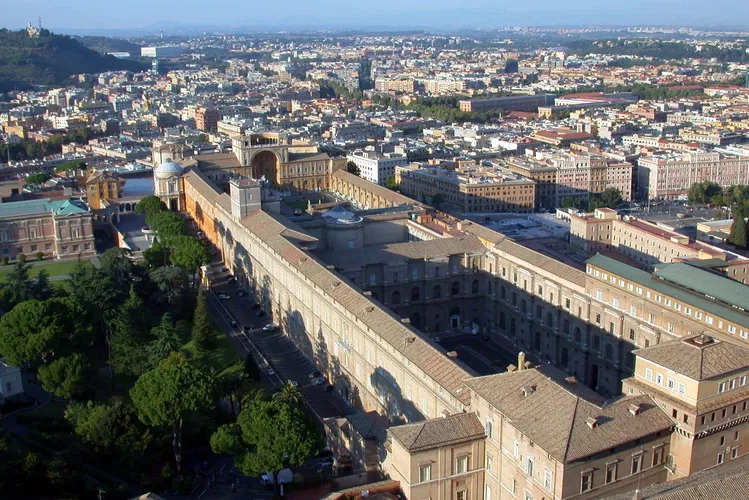
Vatican Museums
RomeThe Vatican Museums, situated in Vatican City, are recognized as some of the largest museums globally. They were constructed by the Roman Catholic Church during the Renaissance period and are renowned for housing a vast collection of significant sculptures. These museums offer a unique opportunity to explore the rich history and artistic heritage of the Catholic Church.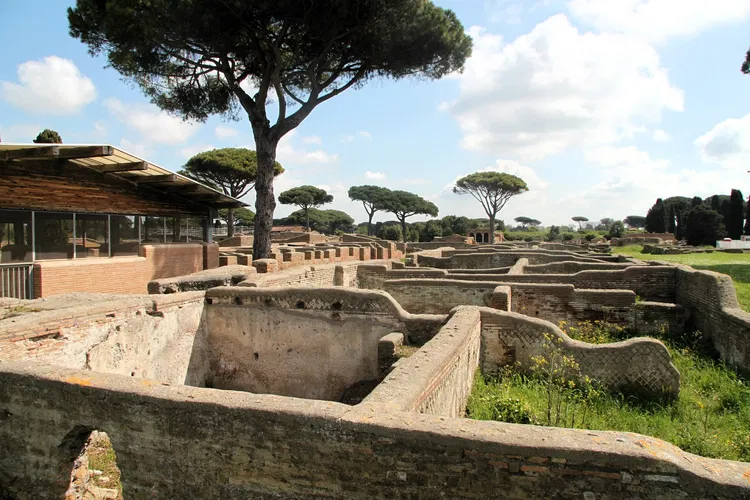
Archaeological Park of Ostia Antica
RomeOstia, located on the coast of the Tyrrhenian Sea in ancient Latium, Italy, was an important port city for ancient Rome and is believed to be one of its first colonies. This historical significance makes it a fascinating destination for those interested in the history of the Roman Empire.
Musei Capitolini
RomeMore than five centuries old, the Musei Capitolini, the Capitoline Museums (which is a single museum) was the oldest public museum in the world, composed of three main buildings (the Palazzo Senatorio, the Palazzo dei Conservatori, and the Palazzo Nuovo) surrounding the Piazza del Campidoglio and li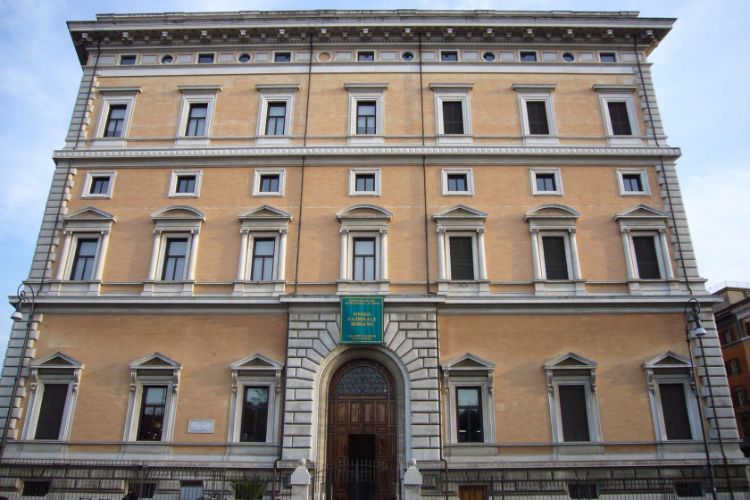
Museo Nazionale Romano - Palazzo Massimo
RomeMuseo Nazionale Romano - Palazzo Massimo is the National Museum in Rome, housed in the Palazzo Massimo alle Terme. Erected between 1883 and 1887 in a neo-cinquecentesco style, it was a prestigious school until 1960. The ground floor features the notable bronze statues of the Boxer at Rest and the At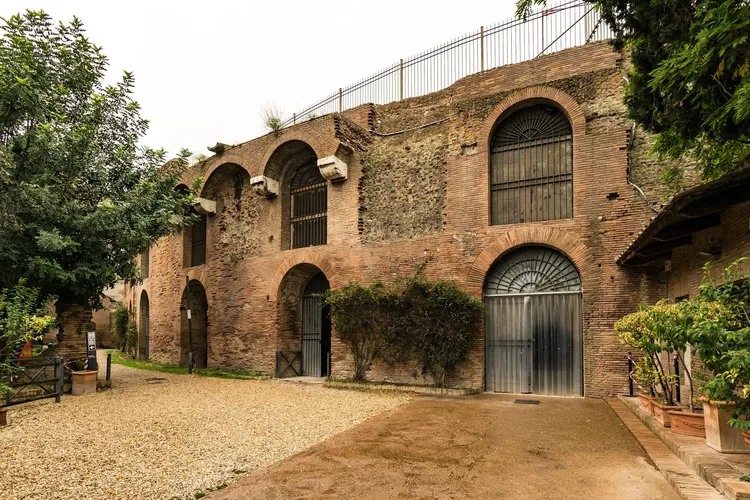
Domus Aurea
RomeThe Domus Aurea, literally translated as the 'House of Gold', was a grand palace constructed by Emperor Nero on the Oppian Hill in the heart of ancient Rome. This construction was initiated after the great fire of 64 AD. The palace was a symbol of opulence and extravagance, with its luxurious inlays of gold, precious stones, and ivory.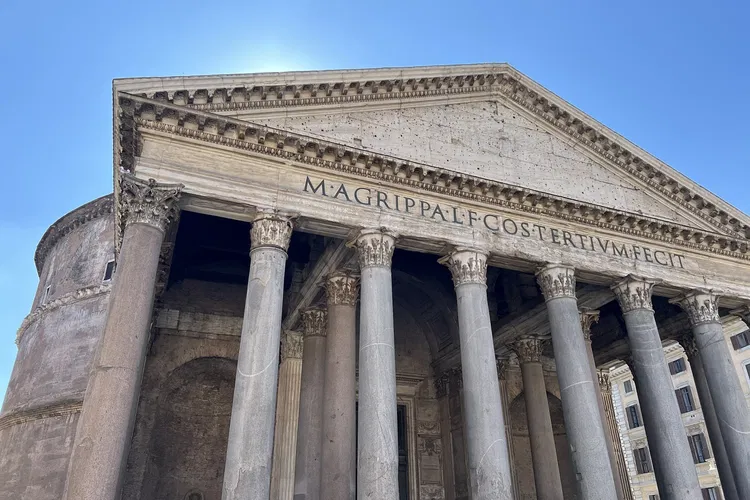
Pantheon
RomeThe Pantheon is an ancient temple in Rome, rebuilt in the 2nd century AD. It is one of the best-preserved Roman buildings in the world, thanks to its transformation into a church in the 7th century and its continuous use and maintenance since then. This makes it a unique historical site that offers a glimpse into the architectural prowess of the ancient Romans.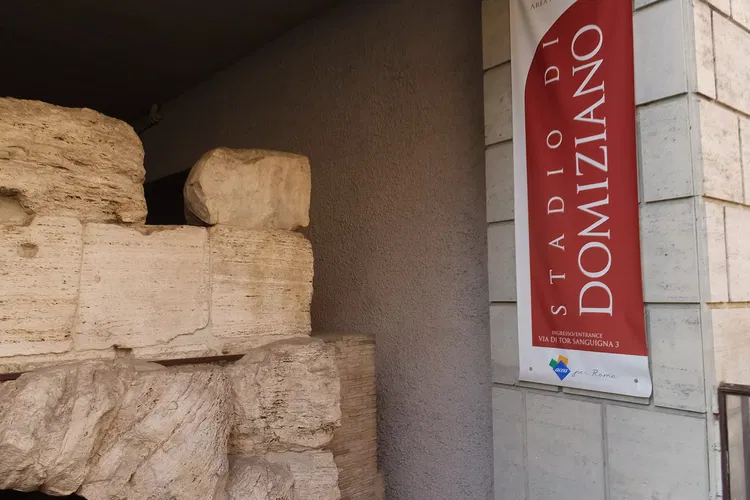
The Stadium of Domitian
RomeThe Stadium of Domitian, also known as the Circus Agonalis, is a significant historical site located to the north of the Campus Martius in Rome, Italy. This ancient stadium was commissioned around AD 80 by Emperor Titus Flavius Domitianus as a gift to the people of Rome and was primarily used for athletic contests. Today, it stands as a testament to Rome's rich history and architectural prowess.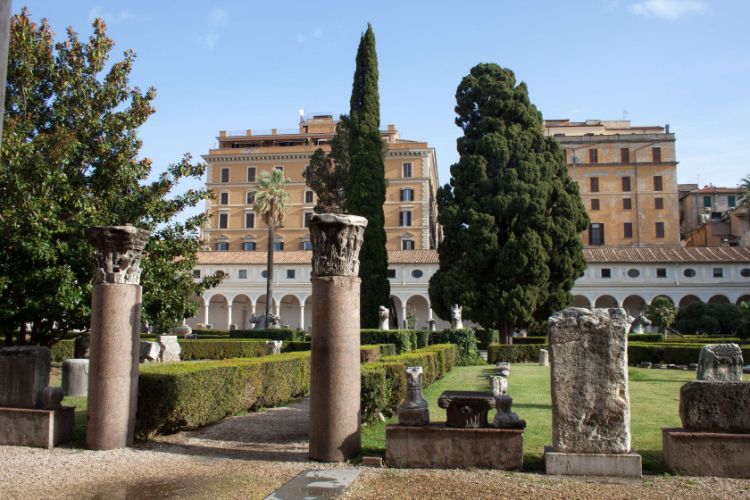
Museo Nazionale Romano - Terme di Diocleziano
RomeThe Baths of Diocletian (Thermae Diocletiani) was a large public thermal complex in ancient Rome. The Baths of Diocletian were located on the summit of the Viminal. The complex was built from 298, commissioned by Emperor Maximian and was inaugurated in 306. Since Maximian was in power the lesser of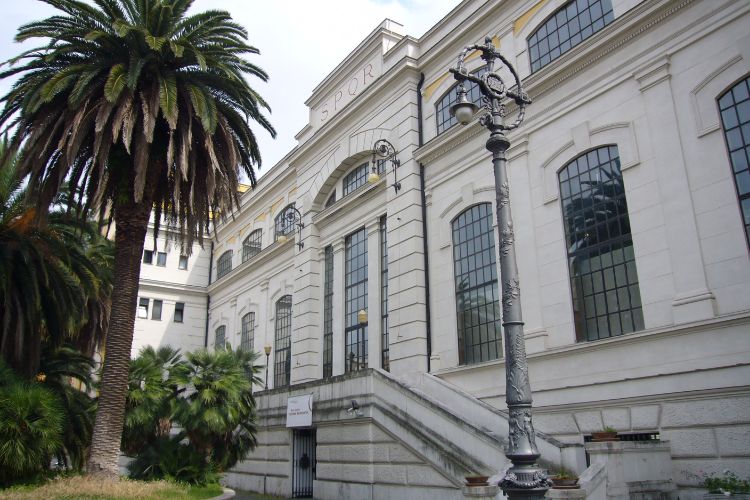
Centrale Montemartini
RomeLocated on Via Ostiense in Rome, Centrale Montemartini is the newest exhibition space among the municipal museums of Rome. In front of an industrial-archaeological backdrop, it houses about 400 Roman statues as well as tomb inscriptions and mosaics. Set in the oldest power plant in Rome, the museum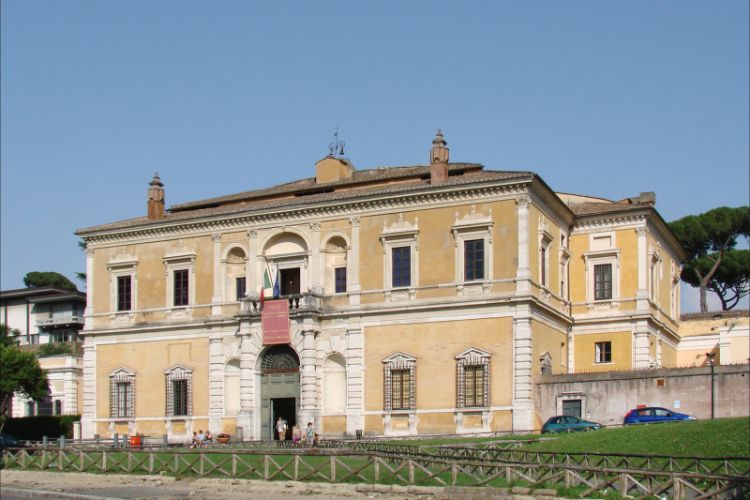
Museo Nazionale Etrusco di Villa Giulia
RomeThe Museo Nazionale Etrusco di Villa Giulia is the National Etruscan Museum in Rome, housed in the Villa Giulia that was built for pope Julius III. The first rooms of the museum feature artefacts organized according to a double principle: topographical and chronological. Furthermore, the museum incl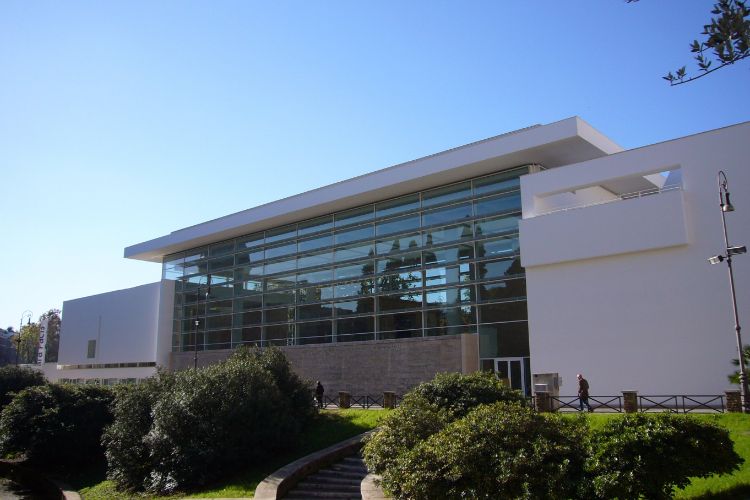
Ara Pacis museum
RomeThe Ara Pacis museum (or Museum of the Ara Pacis) is a museum in Rome that houses the Ara Pacis of Augustus, an ancient monument that was initially inaugurated on January 30, 9 B.C. The Ara Pacis Augustae is an altar dedicated to the Roman goddess of peace: Pax. It was commissioned by the Roman Sena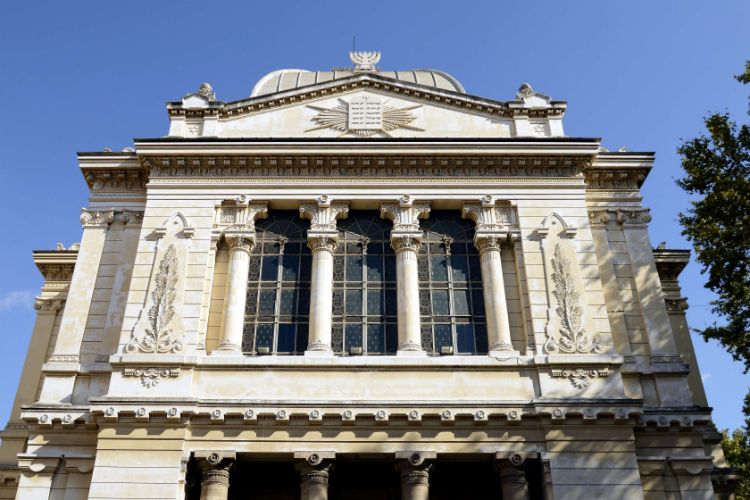
Jewish Museum of Rome
RomeThe Jewish Museum of Rome is situated in the basement of the Great Synagogue of Rome. The museum is dedicated to the history of the Jewish presence in Rome, which began in the second century BCE, but it also presents works of art produced by this Jewish community. A visit to the museum includes a gu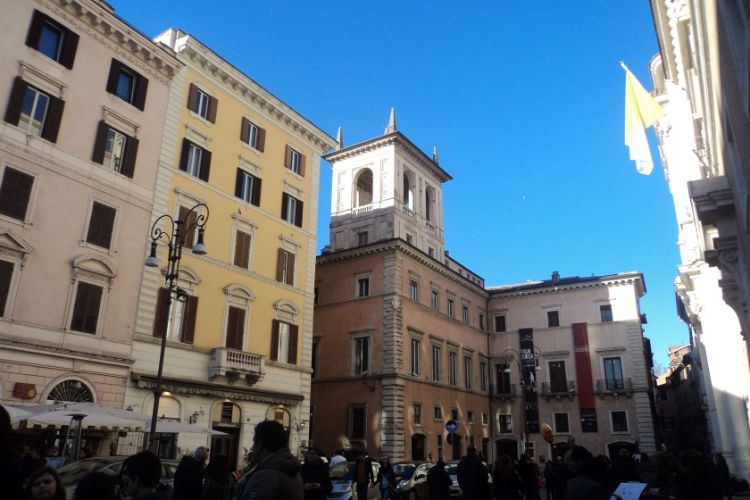
Museo Nazionale Romano - Palazzo Altemps
RomeThe Palazzo Altemps is a palace in Rome that was designed in the 15th century by Melozzo da Forlì for Girolamo Riario. In 1997 it was inaugurated as a museum and became part of the National Roman Museum showing ancient works of art with sculptures from Renaissance collections such as the Boncompagni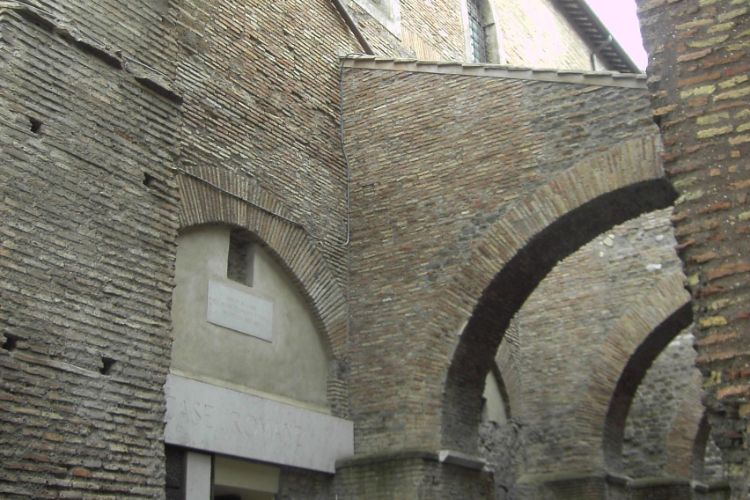
Case Romane del Celio
RomeCase Romane del Celio refers to the remains of a Roman residential complex below the Basilica dei Santi Giovanni e Paolo in the Celio district in Rome. There are many frescoes to be seen from different times and with different iconographic intentions. After a long restoration a museum opened here th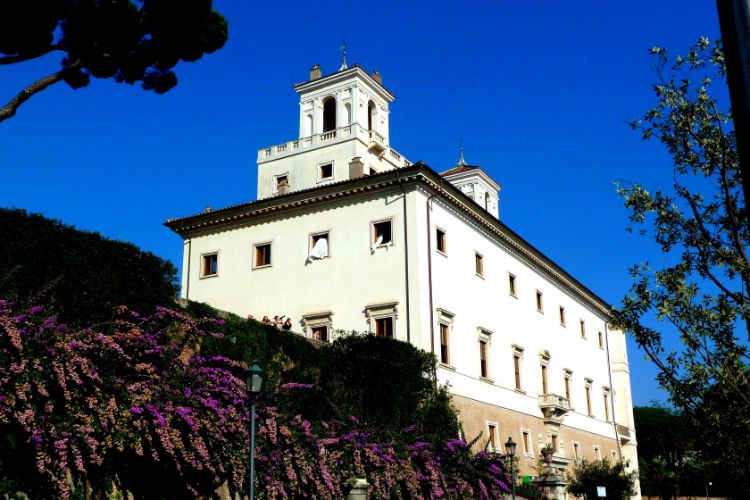
Villa Medici - Accademia di Francia a Roma
RomeThe Villa Medici is a large country house in Rome, built by Ferdinando I de 'Medici, Grand Duke of Tuscany, at the end of the 16th century on the site of the gardens of Lucullus. The villa is located on the Pincio hill, just north of the old town of Rome. In 1803, Napoleon founded a branch of the Fr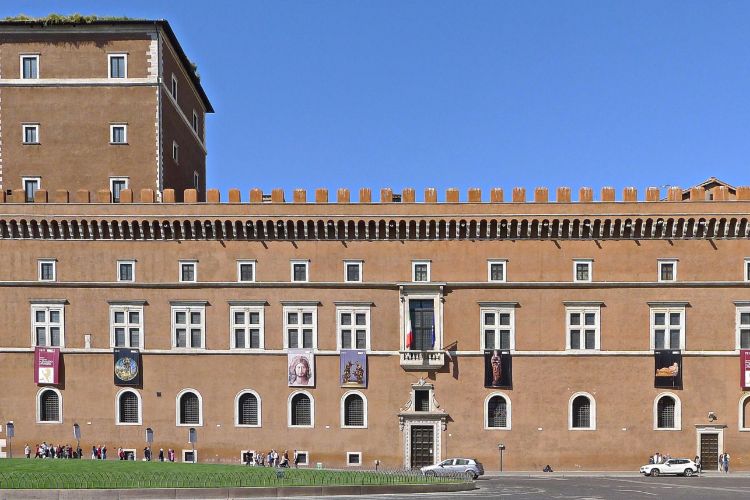
Museo Nazionale di Palazzo di Venezia
RomeThe Museo Nazionale di Palazzo di Venezia is a museum in Rome that is housed in the Barbo apartments of Palazzo Venezia. In addition to some rooms with their original furnishings, the museum houses a collection of important paintings from the 14th to 15th centuries, tapestries, ceramics, majolica, J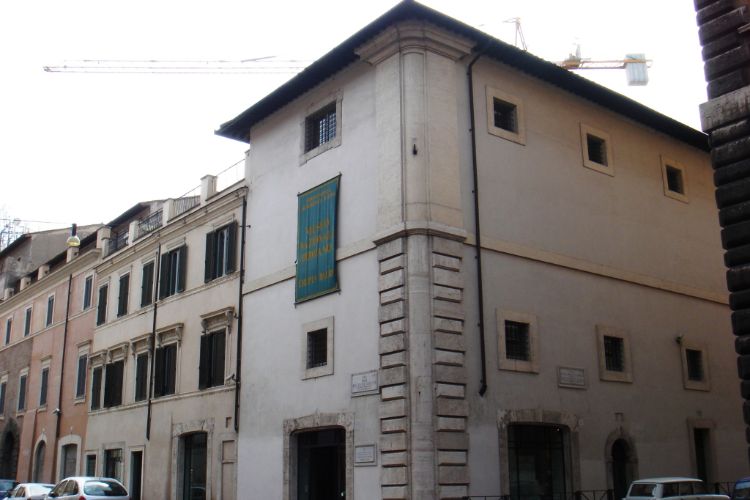
Museo Nazionale Romano - Crypta Balbi
RomeLa Crypta Balbi is a complex connected to the ancient theater of Balbo in Rome. Today it is one of the headquarters of the National Roman Museum. The Theatre of Balbus was an ancient Roman structure in the Campus Martius of Rome that was built in 13 BC by proconsul Lucius Cornelius Balbus (minor). T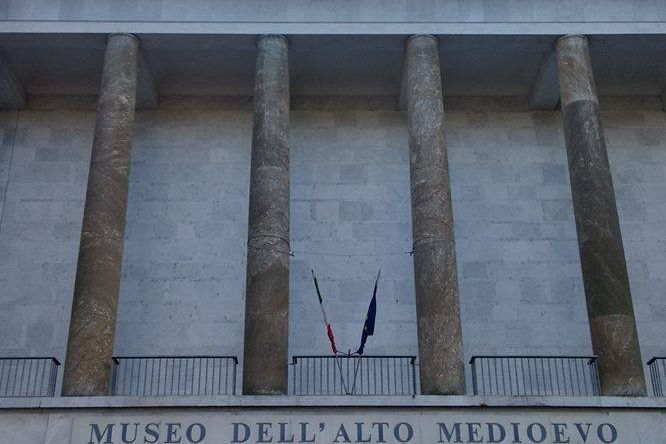
Museo Nazionale dell'Alto Medioevo
RomeThe Museo Nazionale dell'Alto Medioevo (The National Museum of the High Middle Ages, MAME) is a state museum in Rome that is housed in the Palazzo delle Scienze. The museum was inaugurated in 1967 to become an archaeological museum dedicated to the High Middle Ages starting from the post-classical a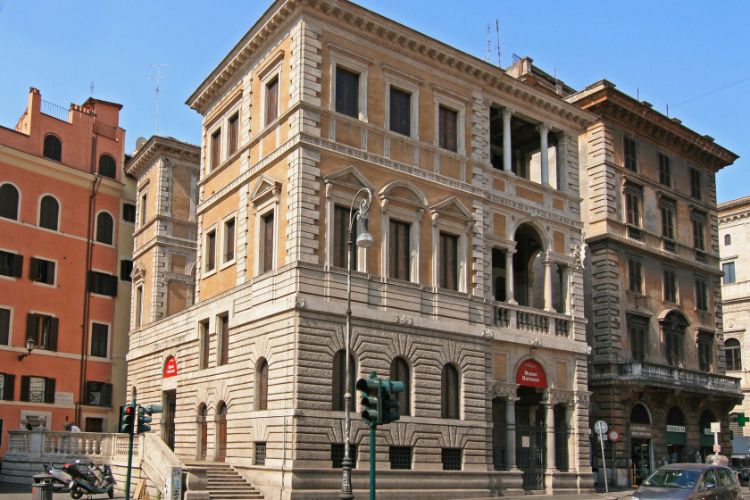
Museo di Scultura Antica Giovanni Barracco
RomeThe Museo Barracco, or Museo di Scultura Antica Giovanni Barracco, is a museum in Rome that was established after Baron Giovanni Barracco donated his collection of antique sculptures to the museum in 1902. the museum was originally located in the baron's house. The museum's collection consists of ar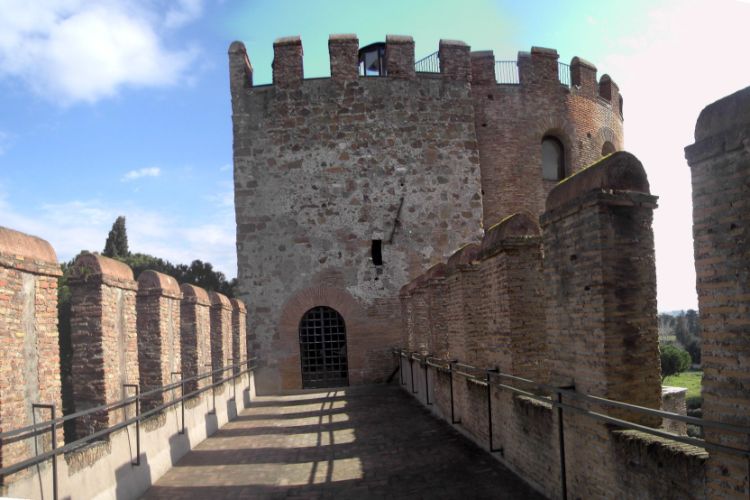
Museo delle Mura
RomeThe Porta San Sebastiano (the ancient Porta Appia) is the largest and one of the best-preserved gate that passes through the Aurelian wall in Rome. Directly behind the gate stands the Arch of Drusus, which belonged to the aqueduct Aqua Marcia. The large gate was rebuilt five times. Nowadays, the tow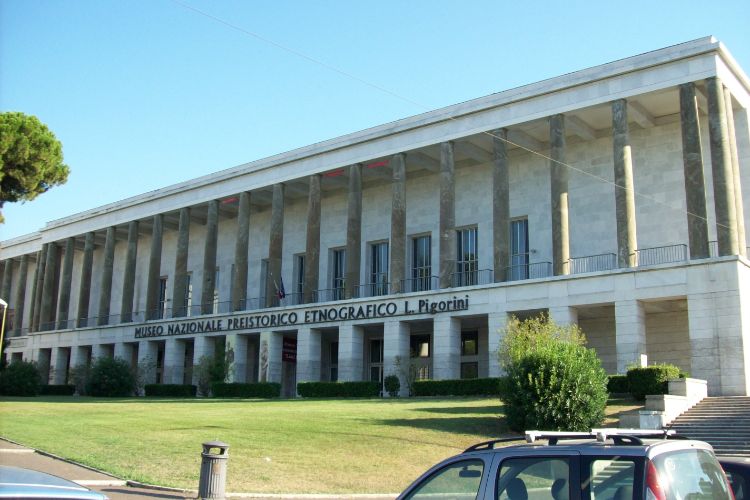
Pigorini National Museum of Prehistory and Ethnography
RomeThe Pigorini National Museum of Prehistory and Ethnography (Museo Nazionale Preistorico Etnografico "Luigi Pigorini") is la museum in Rome. Divided into two separate sections, the museum is spread over three floors and presents on the one hand a large collection of objects of non-European ethnograph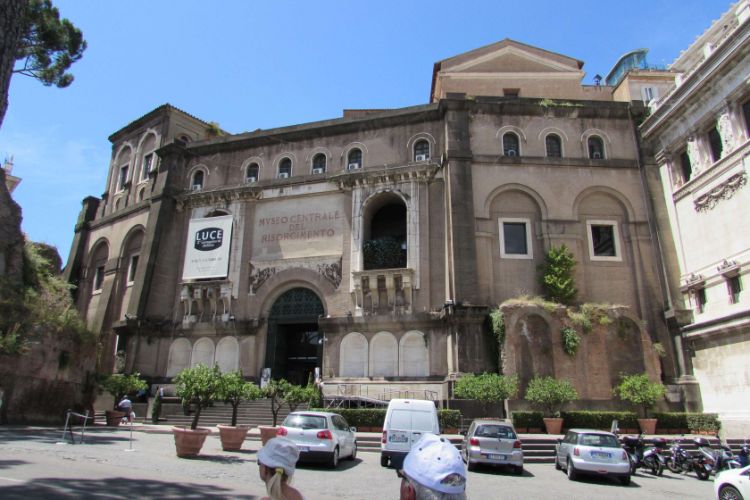
Museo centrale del Risorgimento al Vittoriano
RomeThe Central Museum of the Risorgimento at the Vittoriano in Rome (Museo centrale del Risorgimento al Vittoriano) is an exhibition space built in 1935 and opened to the public in 1970. It is dedicated to the Risorgimento era and located in a building to the left of the Vittoriano, at the back of the
Museo della Via Ostiense - Porta S.Paolo
RomeMuseo della Via Ostiense is a museum in Rome, housed in the former Porta San Paolo city gate. The museum was built in 1954 to illustrate the topography of the area between Rome and Ostia. Important finds related to the ancient Via Ostiense connecting route between Rome and Ostia and a model depictin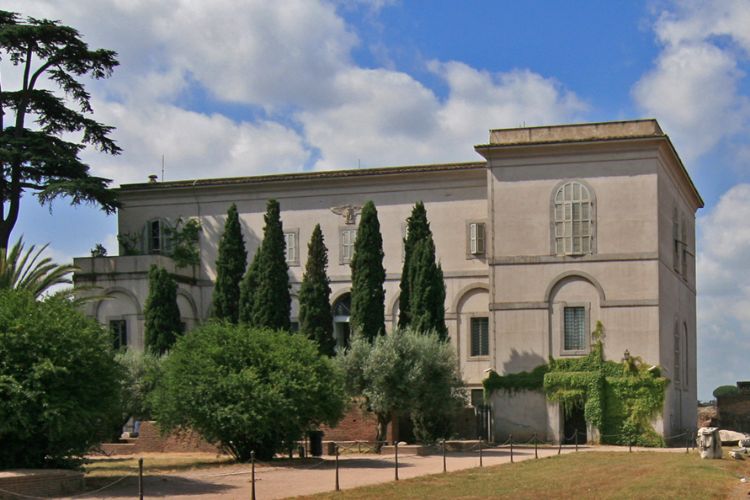
Museo Palatino
RomeThe Museo Palatino is a museum in Italy that illustrates the history of the Palatine hill. Inside, you will find interesting historical artefacts unearthed on some of the archaeological digs that took place here. Highlights include a number of imperial portraits, including a picture of the famous ma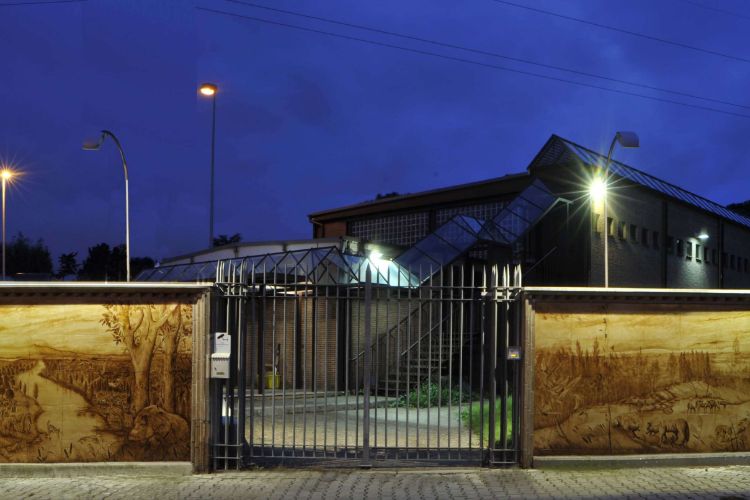
Museo di Casal de' Pazzi
RomeThe Museum of Casal de 'Pazzi is a museum that focuses on archaeological, geological and paleontological related objects. The museum covers part of a Pleistocene deposit of fluvial origin. The deposit extended over an area of about 1200 m² and consisted of sand and gravel, mostly volcanic. The dep
National Museum of Musical Instruments
RomeThe National Museum of Musical Instruments (Museo nazionale degli strumenti musicali) is a museum in Rome. Its collection is based on the collection of musical instruments from the Jesuit Athanasius Kircher (1602-1680), who was also an organ expert. The museum's collection includes nearly 3,000 piec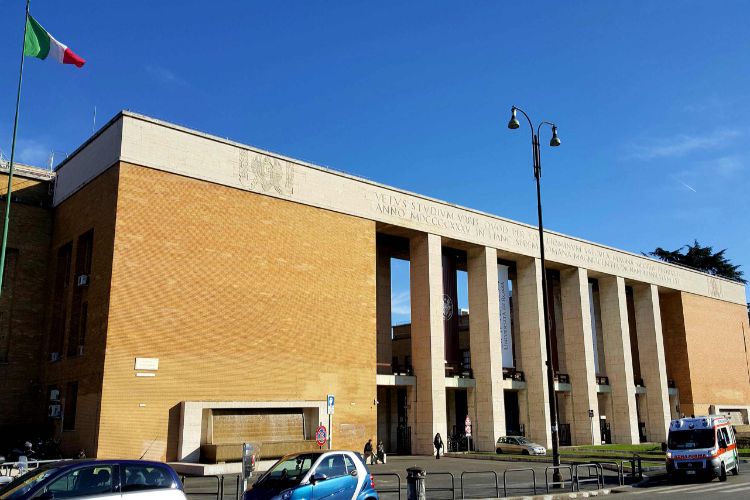
Museo dell'Arte Classica
RomeThe Museo dell'Arte Classica (Museo dei Gessi della Sapienza) is a museum in Rome that was founded by Emanuel Löwy. The Museum has a collection of about twelve hundred plaster casts, which mostly reproduce existing Greek sculptures in museums and collections from all over the world; the exhibition i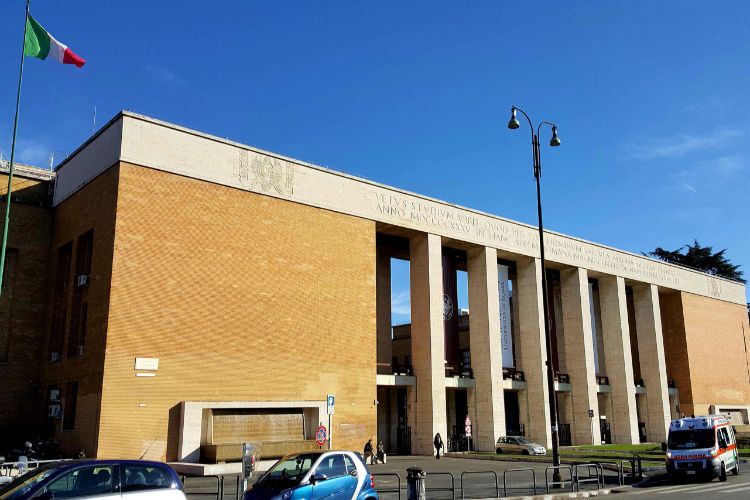
Museo delle Antichità Etrusche e Italiche
RomeThe Museo delle Antichità Etrusche e Italiche is a museum in Rome that reconstructs the ancient Italic populations through casts, models and graphics. The museum is divided into two sections. The first being the Gorga collection with Etruscan and Italic ceramics dating back to a period between the A
Welcome To Rome
RomeIn "Welcome To Rome" you will be immersed in the history of Rome and you will live an exciting and engaging experience. In fact, visiting Welcome To Rome means making a real journey through time and space. Walls and ceilings will come alive around you while on the ground a large model of the city- 30
Museo Numismatico Della Zecca
RomeThe Museo Numismatico Della Zecca is the Museum of the Italian Mint of the l'Istituto Poligrafico e Zecca dello Stato (the State Printing and Mint Institute). The museum holds a collection of about 20,000 coins, medals and wax pieces, not only Italian, but also foreign divided into papal medals (191